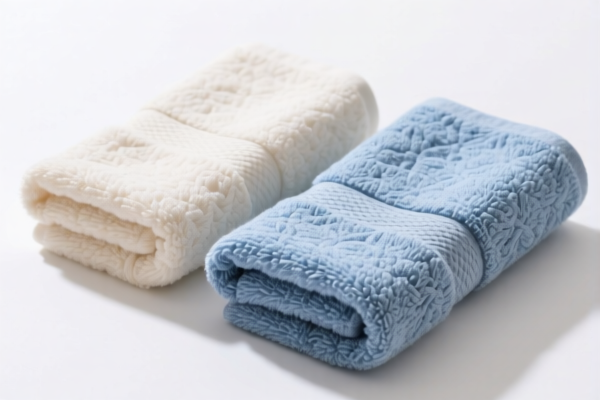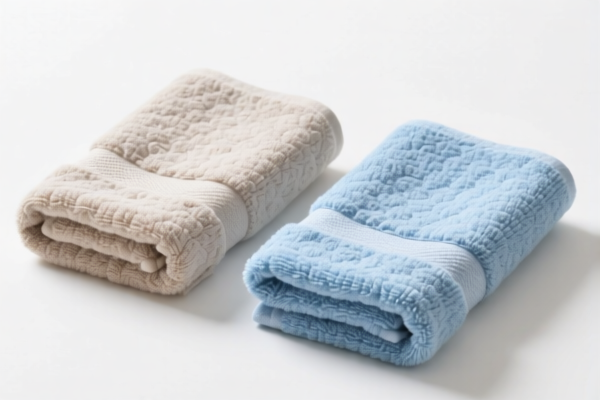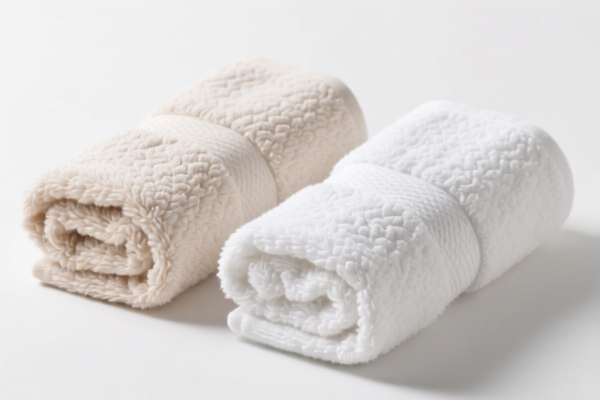| HS Code | Official Doc | Tariff Rate | Origin | Destination | Effective Date |
|---|---|---|---|---|---|
| 9020009000 | Doc | 32.5% | CN | US | 2025-05-12 |
| 6114909070 | Doc | 35.6% | CN | US | 2025-05-12 |
| 6114901060 | Doc | 38.4% | CN | US | 2025-05-12 |
| 6105908060 | Doc | 43.1% | CN | US | 2025-05-12 |
| 6105904000 | Doc | 30.9% | CN | US | 2025-05-12 |
| 3926906010 | Doc | 59.2% | CN | US | 2025-05-12 |
| 3926909989 | Doc | 42.8% | CN | US | 2025-05-12 |
| 3919102055 | Doc | 60.8% | CN | US | 2025-05-12 |
| 3919905060 | Doc | 60.8% | CN | US | 2025-05-12 |




Windscreen Snow Cover
A windscreen snow cover is a protective accessory designed to shield a vehicle's windshield and wiper blades from snow, ice, and frost. It aims to minimize the time and effort required to clear the windscreen before driving, and to prevent potential damage to the glass and wipers.
Material
Windscreen snow covers are typically constructed from one of several materials:
- Polyester: A common, affordable option offering good water resistance and durability. Often features a silver reflective coating to enhance thermal properties.
- Nylon: Offers increased strength and abrasion resistance compared to polyester.
- Polypropylene: Lightweight and highly water-resistant, but may be less durable than polyester or nylon.
- Fleece-lined: Provides additional protection against scratching and can help trap heat to prevent ice formation.
- Aluminum Foil/Reflective Material: Used as a layer to reflect sunlight and prevent ice buildup, often combined with other materials.
Purpose
The primary purpose of a windscreen snow cover is to:
- Prevent Ice & Snow Accumulation: Reduces the amount of ice and snow that adheres to the windshield.
- Protect Wiper Blades: Shields the wiper blades from freezing to the glass, which can cause damage.
- Reduce Clearing Time: Significantly shortens the time needed to clear the windshield before driving, improving safety and convenience.
- Prevent Scratches: Protects the windshield from scratches caused by ice scrapers or harsh brushing.
Function
A windscreen snow cover functions by creating a barrier between the windshield and the elements. The cover's material resists the adhesion of snow and ice, and its reflective properties can help to melt existing ice. Many designs incorporate elastic straps, hooks, or magnets to secure the cover firmly in place, preventing it from being blown away by wind.
Usage Scenarios
- Winter Weather: Ideal for use in regions with frequent snowfall, freezing rain, or frost.
- Outdoor Parking: Suitable for vehicles parked outdoors, where they are exposed to the elements.
- Long-term Parking: Beneficial for vehicles parked for extended periods in winter conditions.
- Preventative Measure: Used proactively to prevent ice and snow buildup, rather than reactively removing it.
Common Types
- Full Windscreen Cover: Covers the entire windshield, providing maximum protection. Often extends partially down the hood to prevent ice buildup at the base of the windshield.
- Half Windscreen Cover: Covers the upper portion of the windshield, offering protection to the driver's line of sight.
- Magnetic Windscreen Cover: Utilizes magnets to secure the cover to the vehicle's roof, providing a secure and convenient fit.
- Elastic Strap Windscreen Cover: Features elastic straps that hook onto the vehicle's doors or hood to secure the cover.
- Universal Fit: Designed to fit a wide range of vehicle models.
- Custom Fit: Specifically tailored to the dimensions of a particular vehicle model for a more precise fit.
Windscreen snow covers are typically used to protect vehicle windshields from snow and ice buildup, preventing visibility issues and potential damage. They are generally made of waterproof and durable materials.
Here are relevant HS codes based on the provided reference material:
- 3926906010: Other articles of plastics and articles of other materials of headings 3901 to 3914; Other: Belting and belts, for machinery: Other Synchronous belts. While not a direct match, if the snow cover incorporates belting or synchronous belt-like features for securing it to the vehicle, this code may be applicable. The total tax rate is 59.2%.
- 3926909989: Other articles of plastics and articles of other materials of headings 3901 to 3914; Other: Other. This is a broad category for other plastic articles. If the snow cover is made of plastic and doesn't fall into more specific categories, this code could be considered. The total tax rate is 42.8%.
- 3919102055: Self-adhesive plates, sheets, film, foil, tape, strip and other flat shapes, of plastics, whether or not in rolls: In rolls of a width not exceeding 20 cm: Other Other: Other. If the snow cover is a self-adhesive plastic film or sheet, particularly if it's supplied in rolls less than 20cm wide, this HS code may be relevant. The total tax rate is 60.8%.
- 3919905060: Self-adhesive plates, sheets, film, foil, tape, strip and other flat shapes, of plastics, whether or not in rolls: Other: Other Other. If the snow cover is a self-adhesive plastic sheet or film, but not in rolls, or in rolls exceeding the specified width, this code may apply. The total tax rate is 60.8%.
Important Considerations:
- Material Composition: The precise HS code will depend heavily on the material the snow cover is made from. If it's primarily plastic, codes 3919102055, 3919905060, 3926906010, or 3926909989 are most likely.
- Adhesive Properties: If the snow cover is self-adhesive, codes 3919102055 and 3919905060 should be carefully considered.
- Roll Width: For self-adhesive snow covers, the roll width is a critical factor in determining the correct HS code.
- Tax Rates: Please note that the total tax rates provided are based on the information in the reference material and are subject to change.
Customer Reviews
No reviews yet.